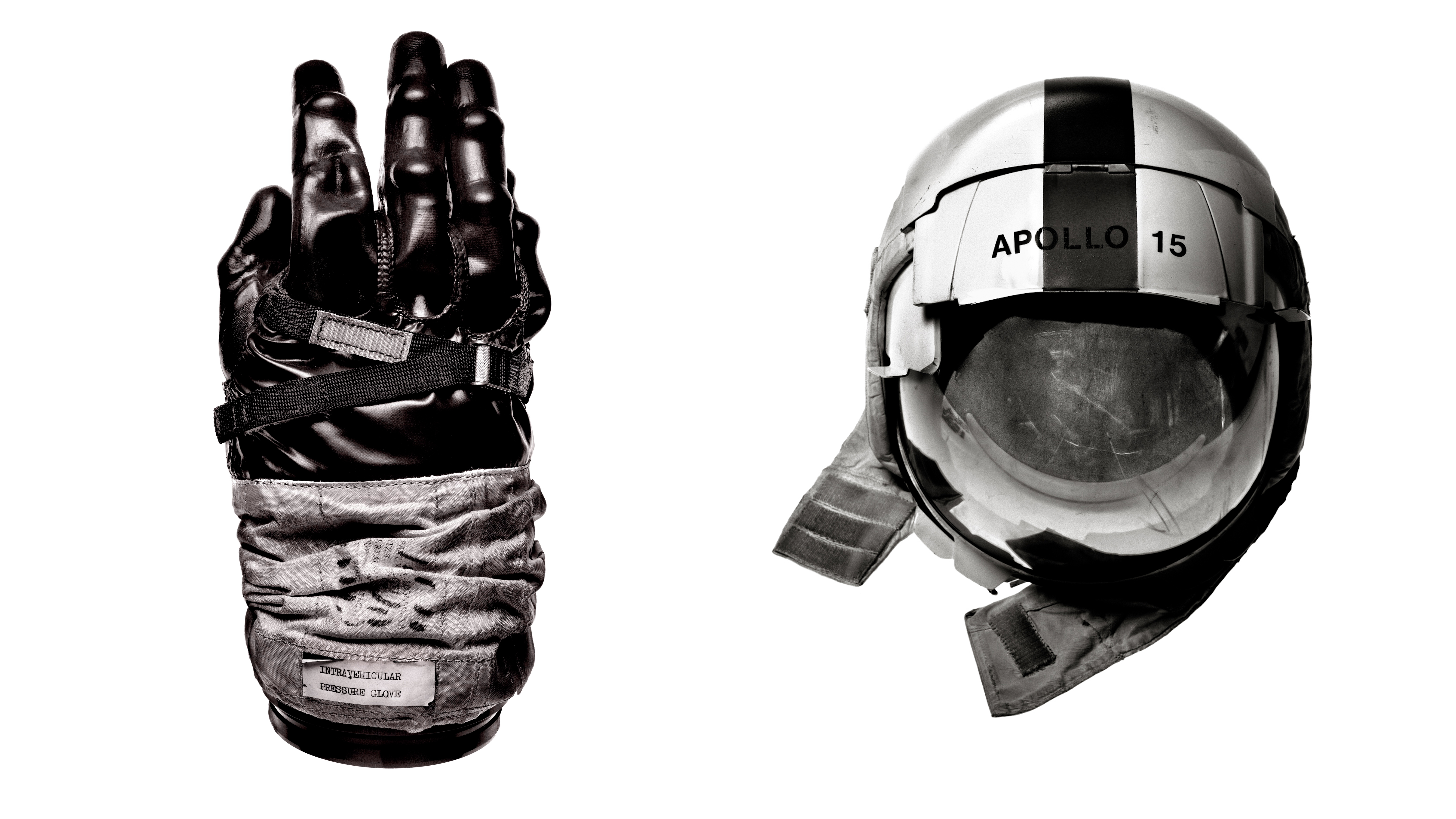What’s the big deal with going full-frame?
A bigger sensor gives you bigger images, right? Not necessarily – but there are more reasons why you might want to move to full-frame…
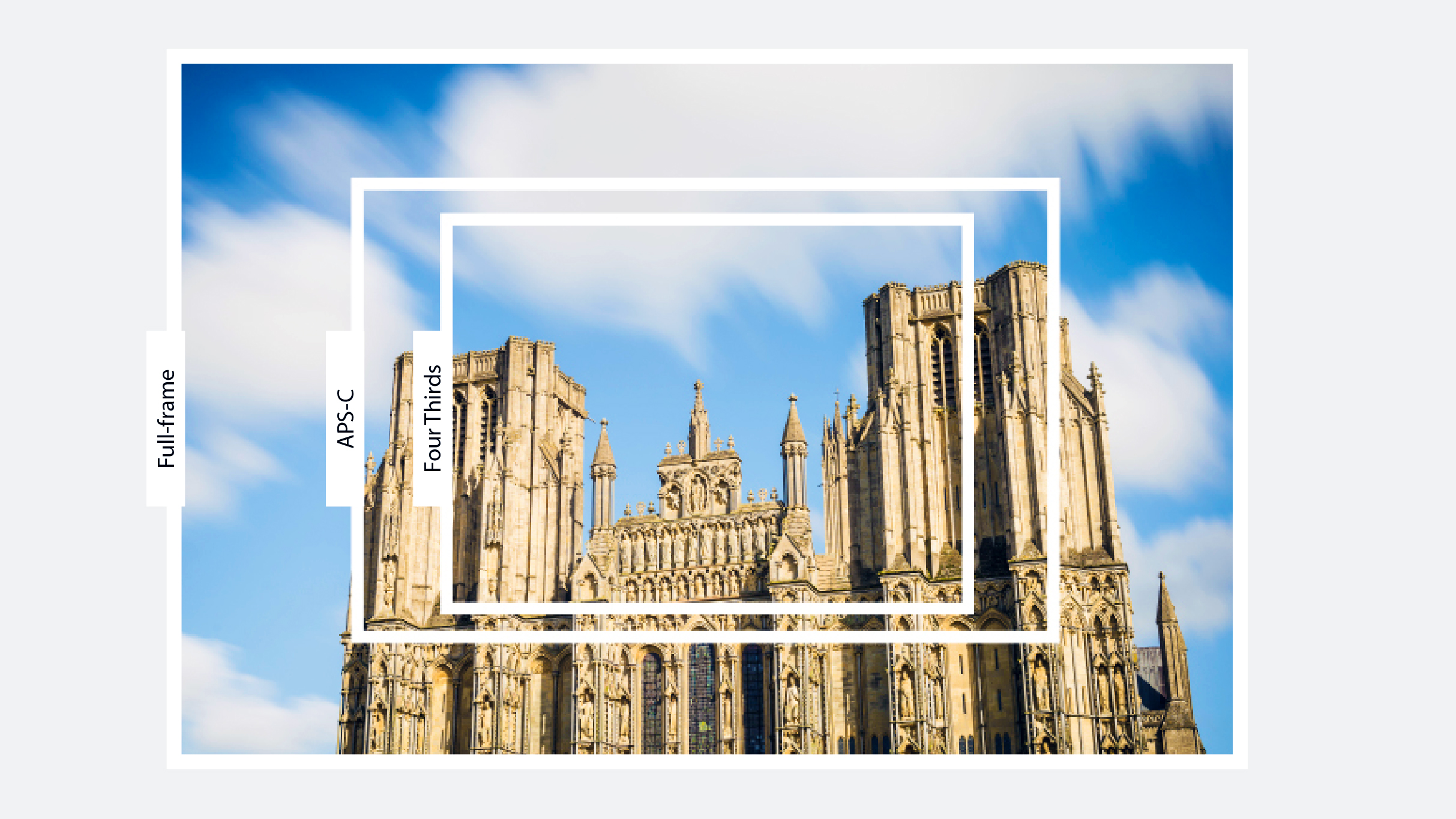
If you’re new to digital photography, you might well be wondering what all the fuss is about regarding the unveiling of full-frame mirrorless cameras. What’s the big deal about having a large sensor in a smallish camera? And what exactly does ‘full-frame’ mean anyway?
Most DSLRs and mirrorless cameras have an imaging sensor that’s the same size as a single frame of APS-C film – about 22 x 15mm. A full-frame camera, however, has a sensor with the same dimensions as a frame of 35mm film – 36 x 24mm. This means a full-frame sensor has more than 2.5 times the surface area of APS-C.
Why does size matter when it comes to sensors? Larger sensors can accommodate more pixels for more detailed pictures. For instance, the Canon EOS 5DS’s full-frame sensor houses around 50.6 million effective pixels, and can produce images that measure 8,688 x 5,792 pixels. That works out as a high-resolution 74 x 49cm print! With an abundance of pixels, it’s possible to make substantial crops to the full image in software to improve the composition, but still end up with a usable file size.
Not all of the best full-frame cameras outclass crop-sensor cameras in terms of resolving power, though. At 20.8MP, the Nikon D5 has almost the same pixel count as the company’s 20.9MP Nikon 500 flagship APS-C SLR. This means that despite the difference in sensor size, both cameras are capable of producing an image that’s the same size.
Common sensor sizes
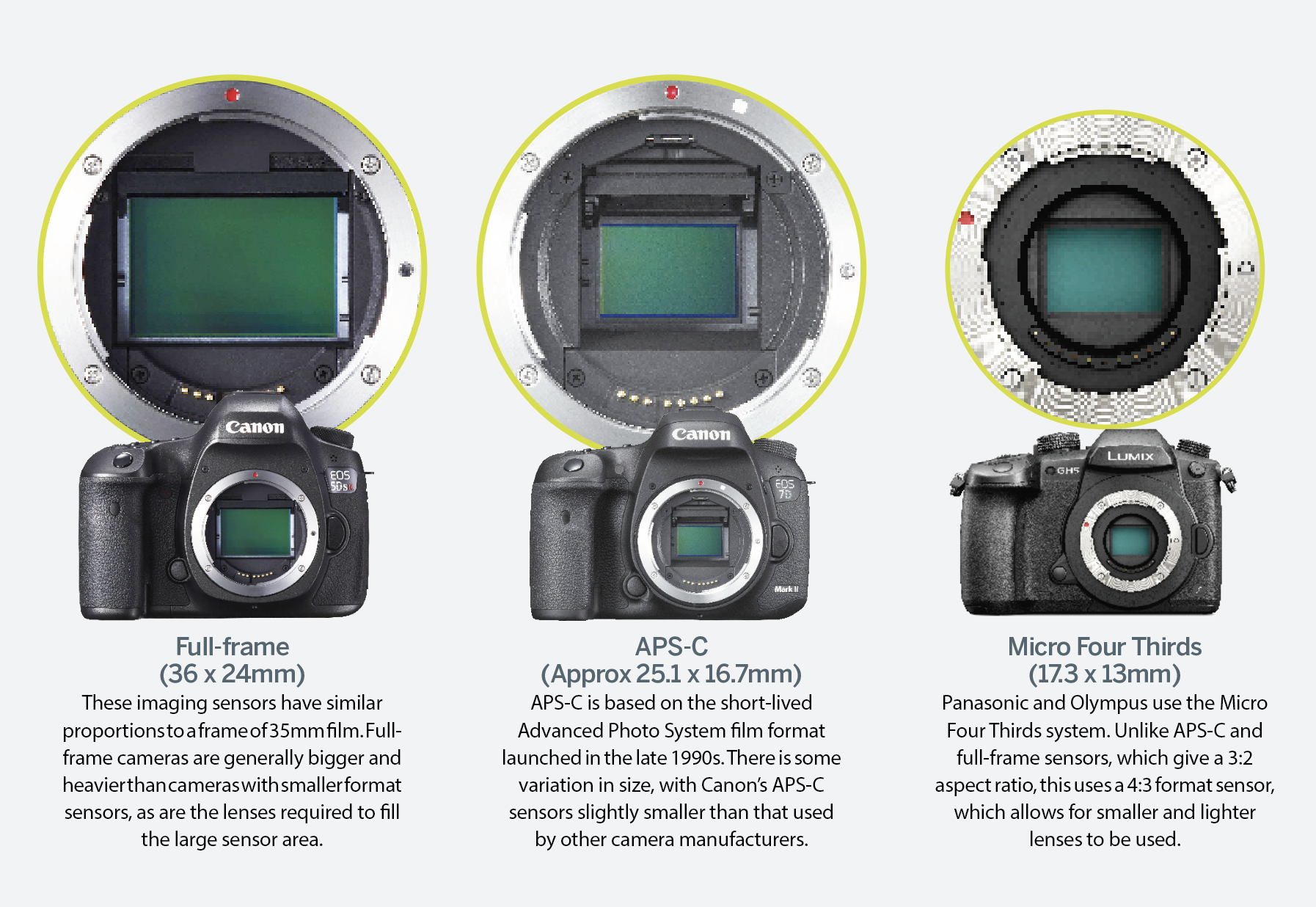
There are a wide range of sensor sizes, from the smaller chip in camera phones to the 150MP medium-format monster in the Phase One XF IQ4. But three formats dominate in DSLRs and mirrorless cameras...
Full-frame and crop-sensor cameras – what's the difference?
The big difference between full-frame cameras and crop-sensor cameras that share a similar resolution in this vein is the size of the pixels. The pixels on the full-frame sensor are larger, and this allows for more efficient light gathering. The upshot is cleaner, better-quality images at high ISO settings, which makes a difference when you’re shooting in low light or at night, or when you’ve increased the ISO sensitivity to get a faster, action-stopping shutter speed.
There are further technical and creative reasons why you might consider making the move up to a full-frame camera. For a start, it’s easier to exploit shallow depth of field effects, so that images have more blur and less sharpness. The effect is enhanced when a large-aperture full-frame prime lens is used.
Shallow depth of field contributes to the appealing full-frame aesthetic – something exploited by filmmakers keen to get the cinematic ‘look’, as well as photographers – although it is entirely possible as well to reduce the depth of field when you use a crop-sensor camera.
The big difference between full-frame cameras and crop-sensor cameras that share a similar resolution is the size of the pixels. The pixels on the full-frame sensor are larger, and this allows for more efficient light gathering. The upshot is cleaner, better-quality images at high ISO settings.
TOP TIP
Talking of lenses, you get more choice when it comes to full-frame. While other cameras are hardly short of options, there is a legacy of lenses from the days of film which is open to many full-frame users.
Something else to consider if you’re a cropped-sensor camera user looking at moving up to full-frame, is that your current lenses may not be compatible with a full-frame body, as the image projected by the lens won’t cover the larger surface area of the sensor – although some cameras get around this by switching to ‘crop’ mode. You can find out more about this by looking at what sensor is best for bird photography.
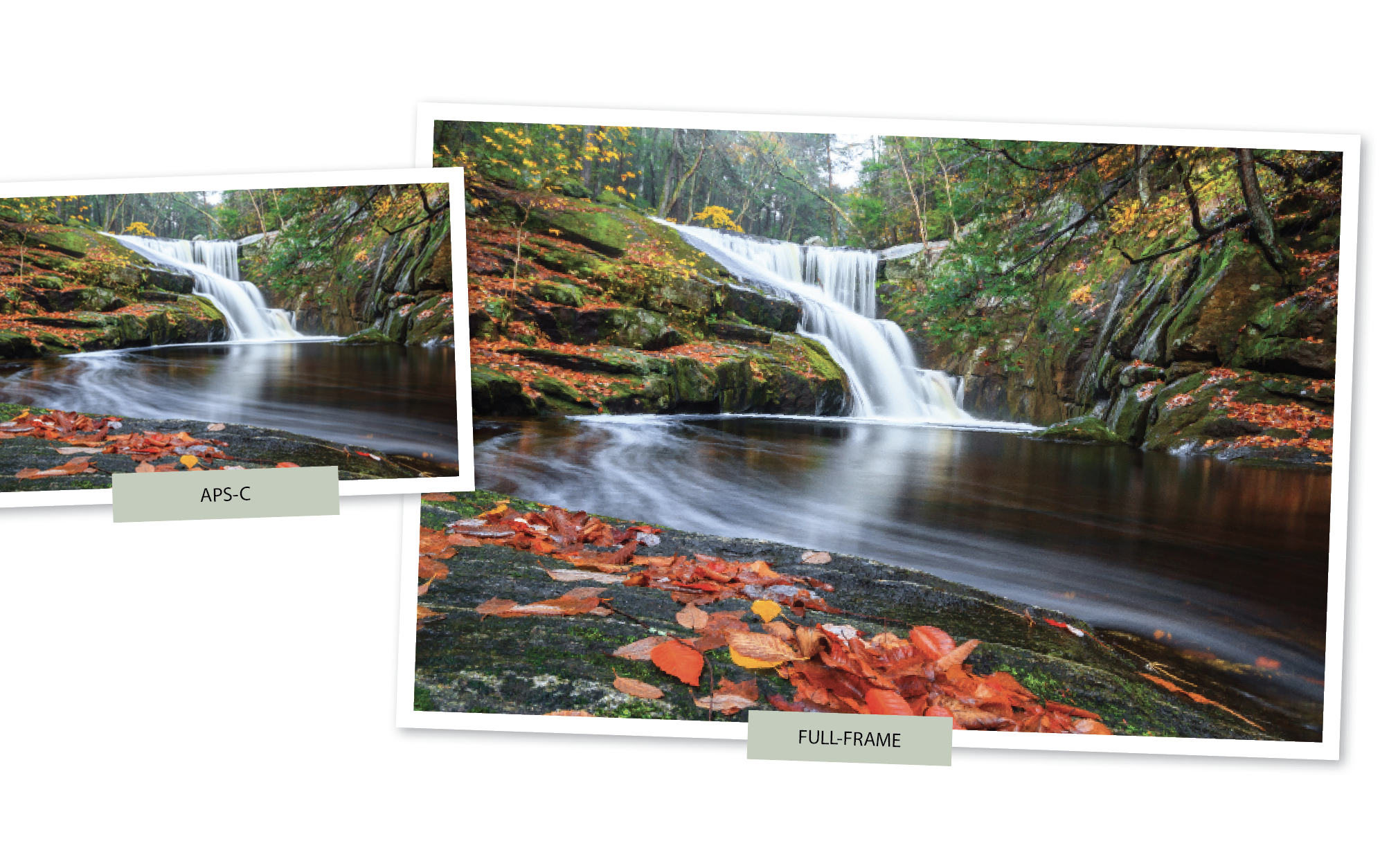
Crop-sensor cameras can deliver great images, so why bother with full-frame?
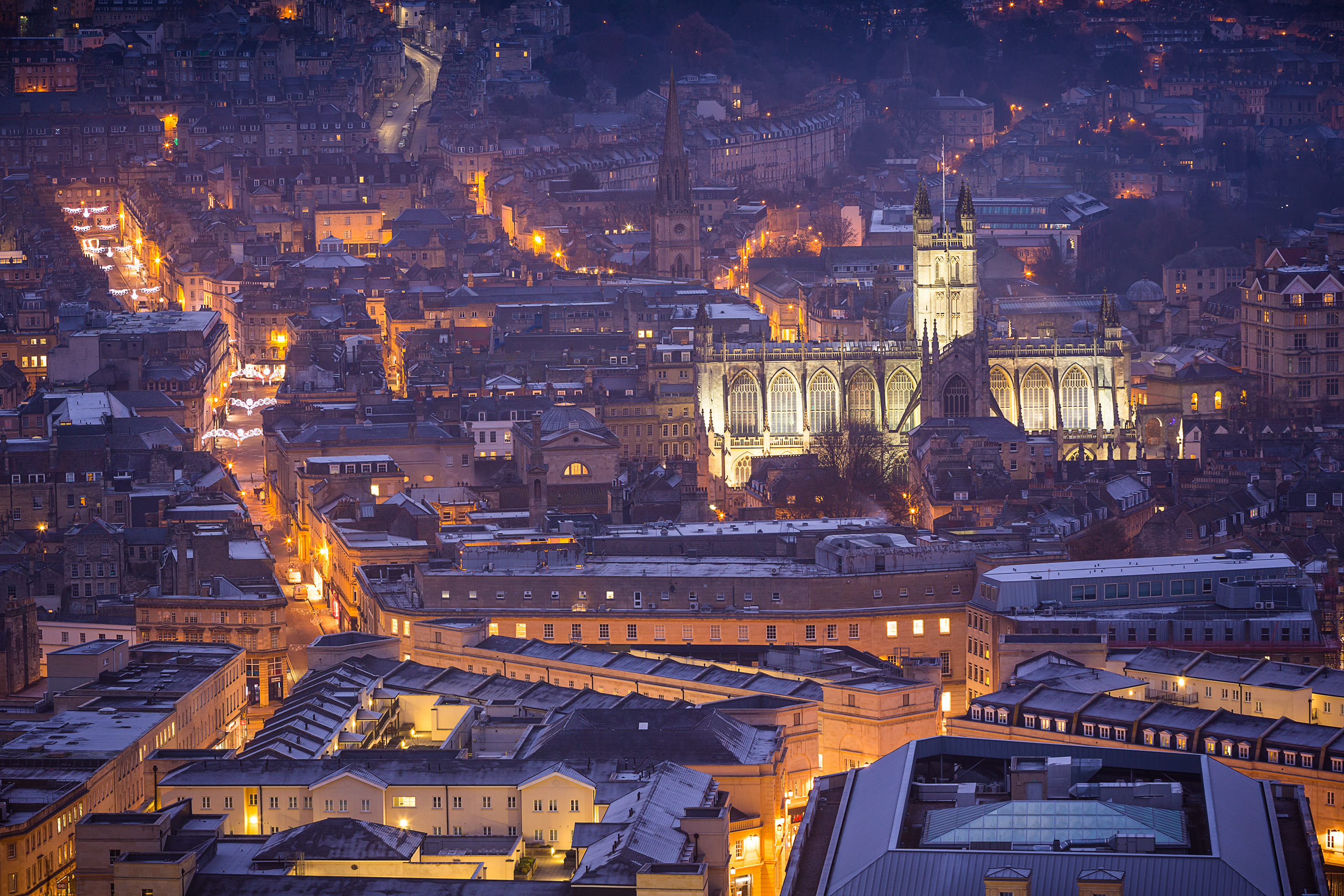
Image quality
Although the design of components, image processing and lens quality make a big difference to the end result, a larger sensor allows for larger pixels – and more of them – giving a clean, detailed image.
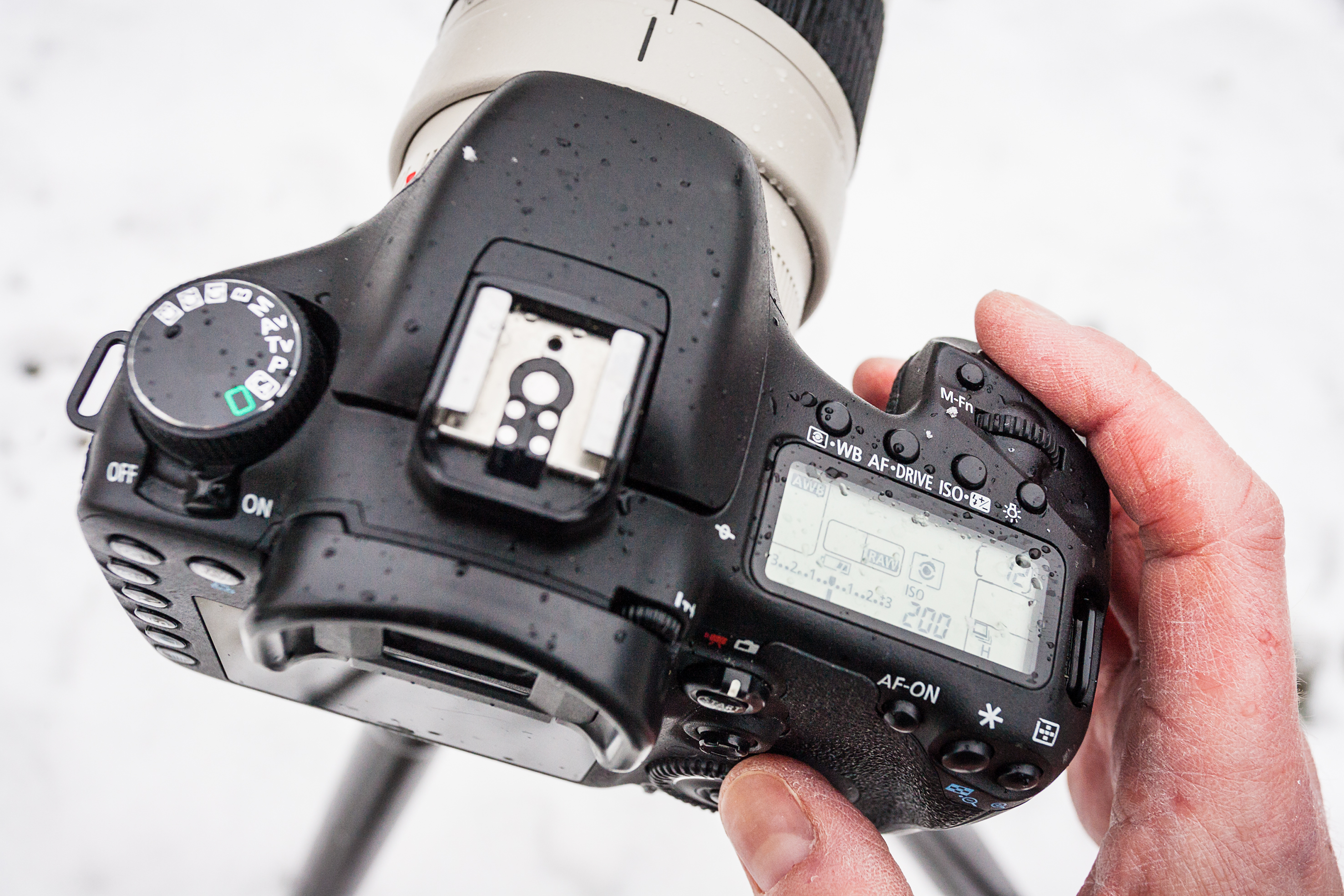
Build quality
Full-frame cameras are aimed at enthusiasts and professionals, so they tend to have the level of build quality that these users need. High-end crop-sensor cameras share a similar level of robustness.
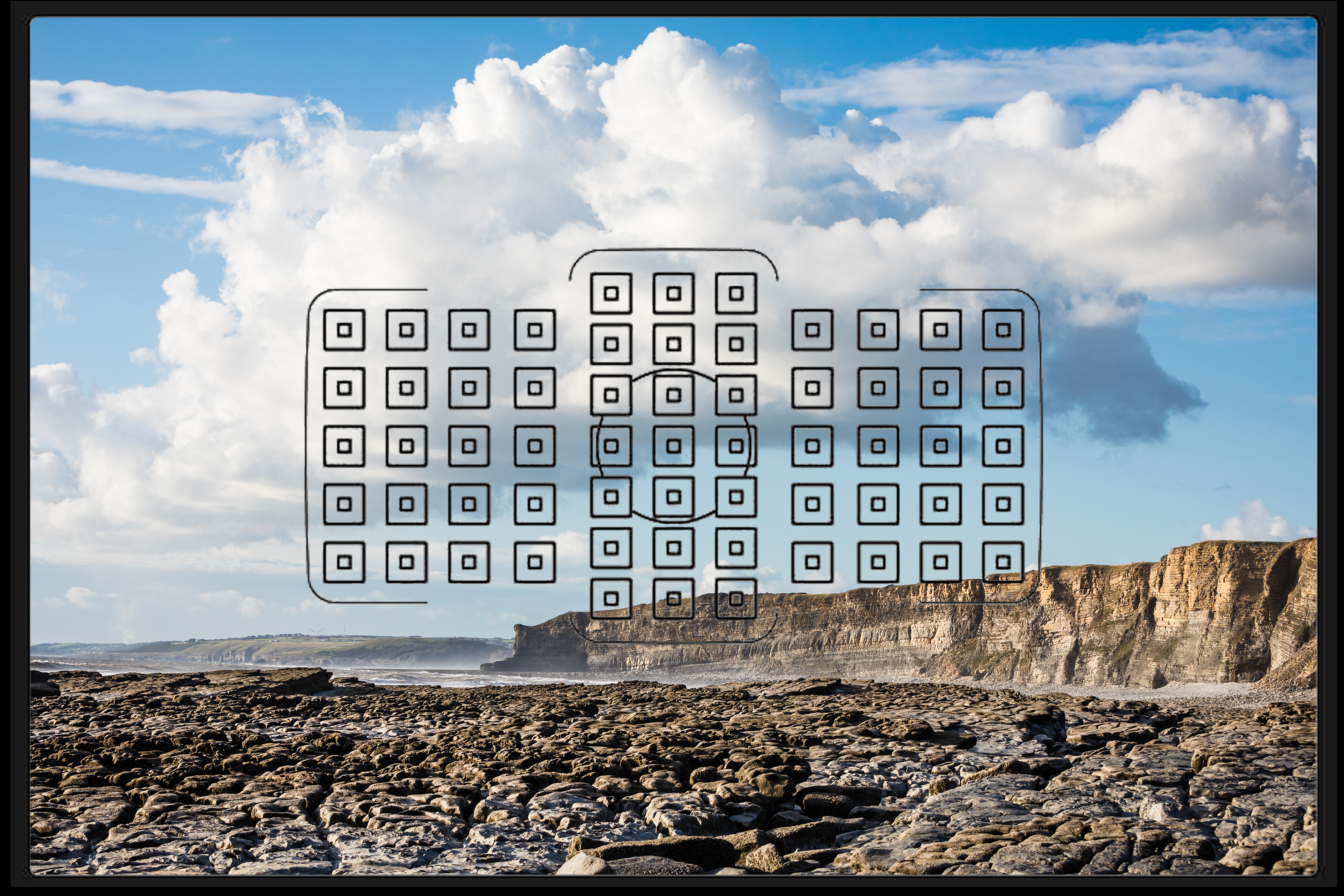
Viewfinder
You’re presented with a larger image in the viewfinder, which can make it easier to compose. It’s not always easier if you wear glasses, however: you may not be able to see the corners without moving your head.
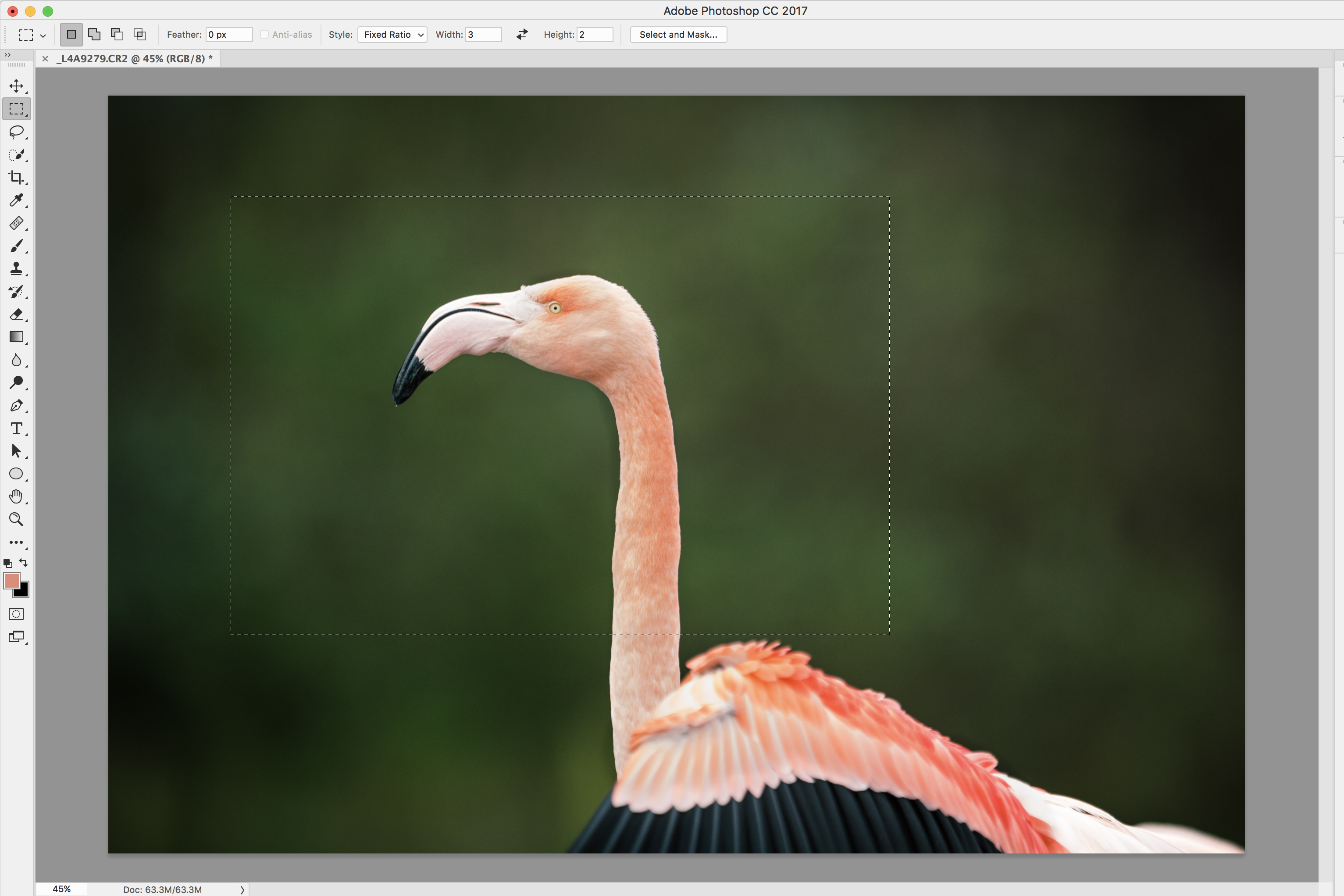
Cropping
The ability to crop full-frame images and retain image quality is a big benefit. Shots taken at high ISO settings can also be ‘downsampled’ – made smaller in software – to reduce the effects of noise.
Of course, full-frame isn’t for everyone. Despite the amazingly compact full-frame mirrorless cameras on the market now, full-frame bodies still tend to be bigger and more expensive. Check out the cheapest full-frame mirrorless cameras if you're on a budget, or consider buying a used camera.
Get the Digital Camera World Newsletter
The best camera deals, reviews, product advice, and unmissable photography news, direct to your inbox!
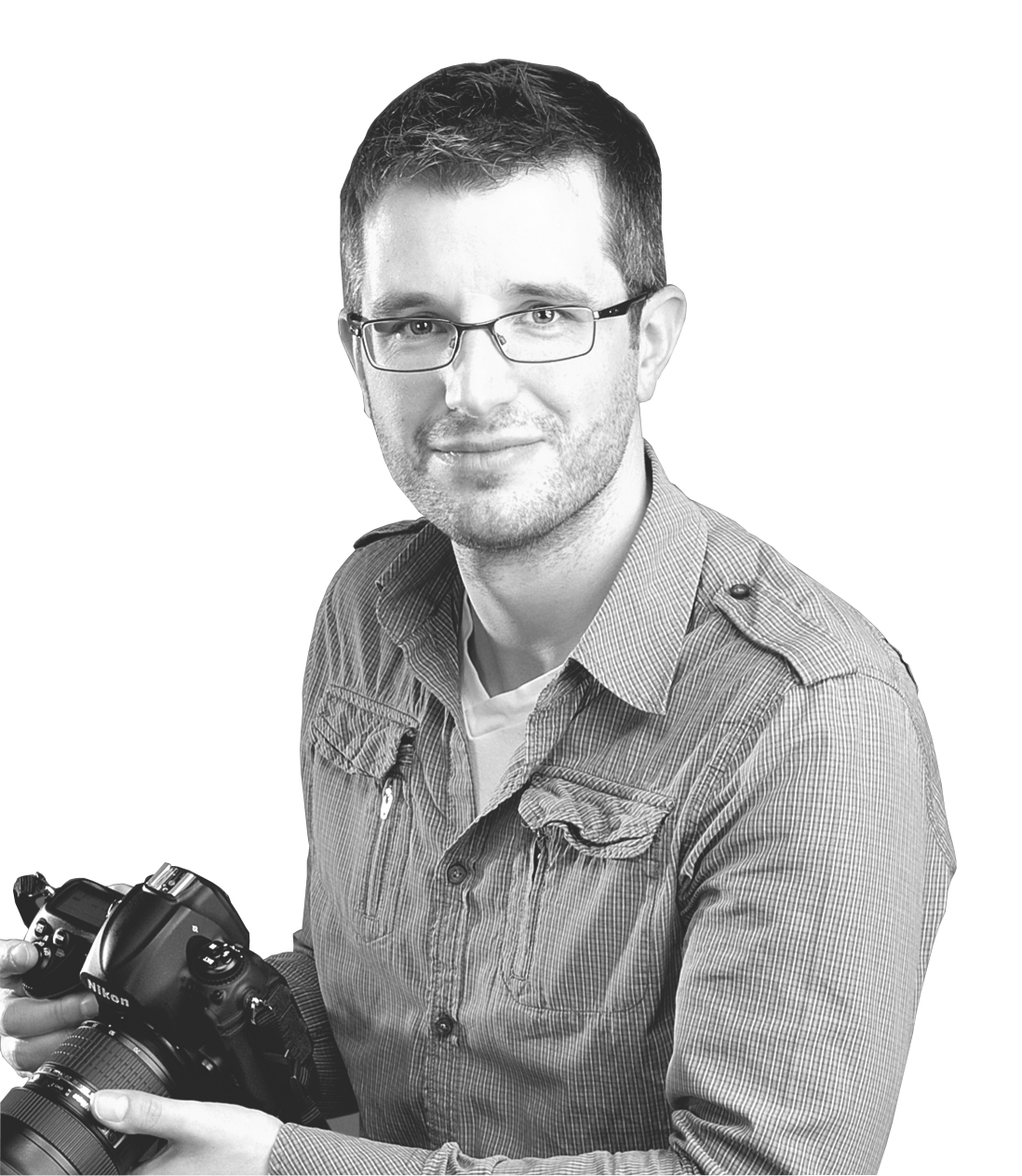
Marcus has been passionate about photography for more than 25 years. A former editor of our sister publication Digital Camera magazine, he has written about photography and cameras for a wide range of clients, including Canon and Jessops. Last time we checked, Marcus was using a Canon EOD 5D Mark IV.
